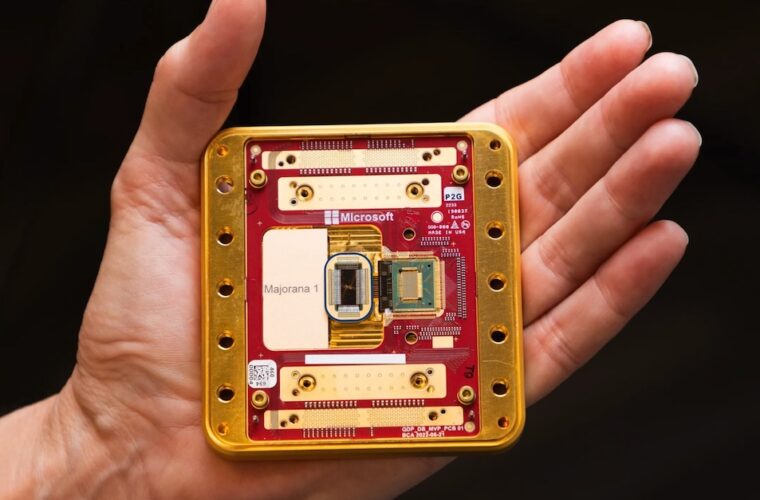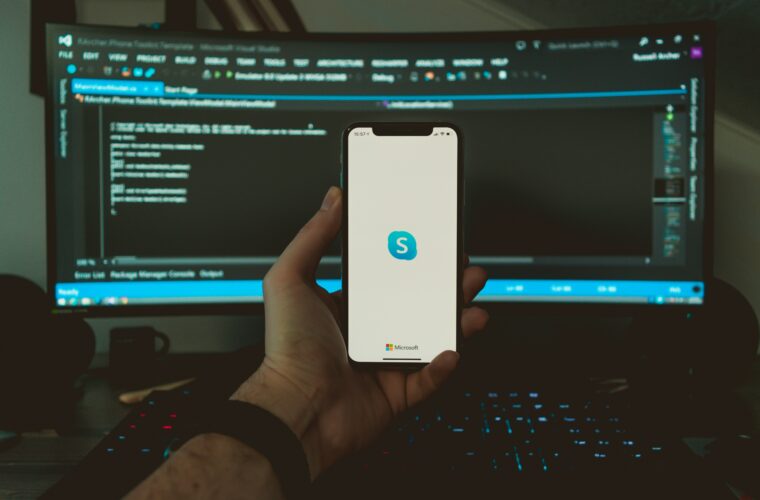There is no counter-evidence, but it’s hard to imagine that the last 50 years would have been better without Microsoft. Two teenage schoolmates and the desire to surprise by focusing on programming. This is how the Redmond-based company was born, a giant with 228,000 employees that in 2024 alone had a turnover of $245 billion, with a net profit of $88 billion. From Albuquerque, New Mexico, on 4 April 1975, Will Henry Gates III and Paul Gardner Allen, the two co-founders of Microsoft, set off.
Allen, who passed away in 2018, left the company in 1983, while Gates left his role in 2008 to dedicate himself to philanthropy while still maintaining the power to influence the company’s decisions. The main protagonist of the IT and digital revolution that has characterised society since the 1990s, Microsoft has written indelible pages of history, going beyond its specific field of application. Starting from a motto that at the beginning seemed utopian: a computer on every desk and in every home‘. Reality has far exceeded the hope.
One computer for everyone
Although it is impossible to summarise Microsoft’s history in a single word, if we had to choose one, it would have to be Windows. The name of the operating system that introduced coloured icons, the mouse, and floppy disks in the mid-eighties represents the first revolution by the Redmond company. The most important because, thanks to its ease of use and lower price compared to the OS previously proposed by Xerox and Apple, it started the democratisation of computers and, more generally, of information technology, transforming a world limited to a few experts into a sector accessible to the masses.
Heir to MS-DOS, for decades, Windows was synonymous with operating systems, to the point of reaching a market share of over 90% (today, we’re at around 72% on a global scale). With Windows 95, Microsoft launched the Start button together with the proprietary Internet Explorer browser, another element that made history until 2022, when it was replaced by Microsoft Edge.
After Windows, it was time for Office, the suite of programs comprising Word, Excel, PowerPoint, and Outlook. It is used worldwide and is still used today by billions of people for a range of daily activities.
Successes and failures
Among many successes, there have also been several missteps, inevitable in such a long and eventful history. The curious thing is that they followed one after the other after the handover from Bill Gates to Steve Ballmer. The most resounding flop was the acquisition of Nokia in 2013, which was supposed to be the first step in offering a winning alternative to iOS and Android as an operating system for smartphones. The Windows Phone project turned out to be a disaster, with losses far worse than the $7 billion spent by Microsoft to take over the historic Finnish brand.



Less damaging was the Zune, a portable music player that, instead of competing with Apple’s iPod, turned out to be a flash in the pan, so much so that the company was forced to halt development and production a few years after the project was launched. The launch of Windows Vista in 2007 was also disappointing, and many users rejected it due to its slowness and incompatibility with the hardware in use at the time.
Present and future means cloud computing and AI
Another change at the top was a new turning point for the business because the arrival of Satya Nadella brought radical changes to Microsoft. ‘Mobile first‘ is the first of the mantras of the new Indian CEO, who is leading the transformation of the company to support mobile devices.
The other cornerstone of the company is cloud computing, with Azure climbing the ranks and overtaking various competitors and Microsoft quickly changing its image and establishing itself as a leader in online services. The launch of Windows 10 is another significant milestone because it brings the desktop and mobile experience closer together, and this will be improved with the arrival of Windows 11 in 2021.
Not to mention the success of Xbox, which in 2001 opened the doors of gaming to Microsoft, the company’s present and future are based on AI and Copilot, the chatbot integrated into numerous tools that exploits the potential of ChatGPT 4 to help professionals and private users who continue to rely on Microsoft devices and technologies.



